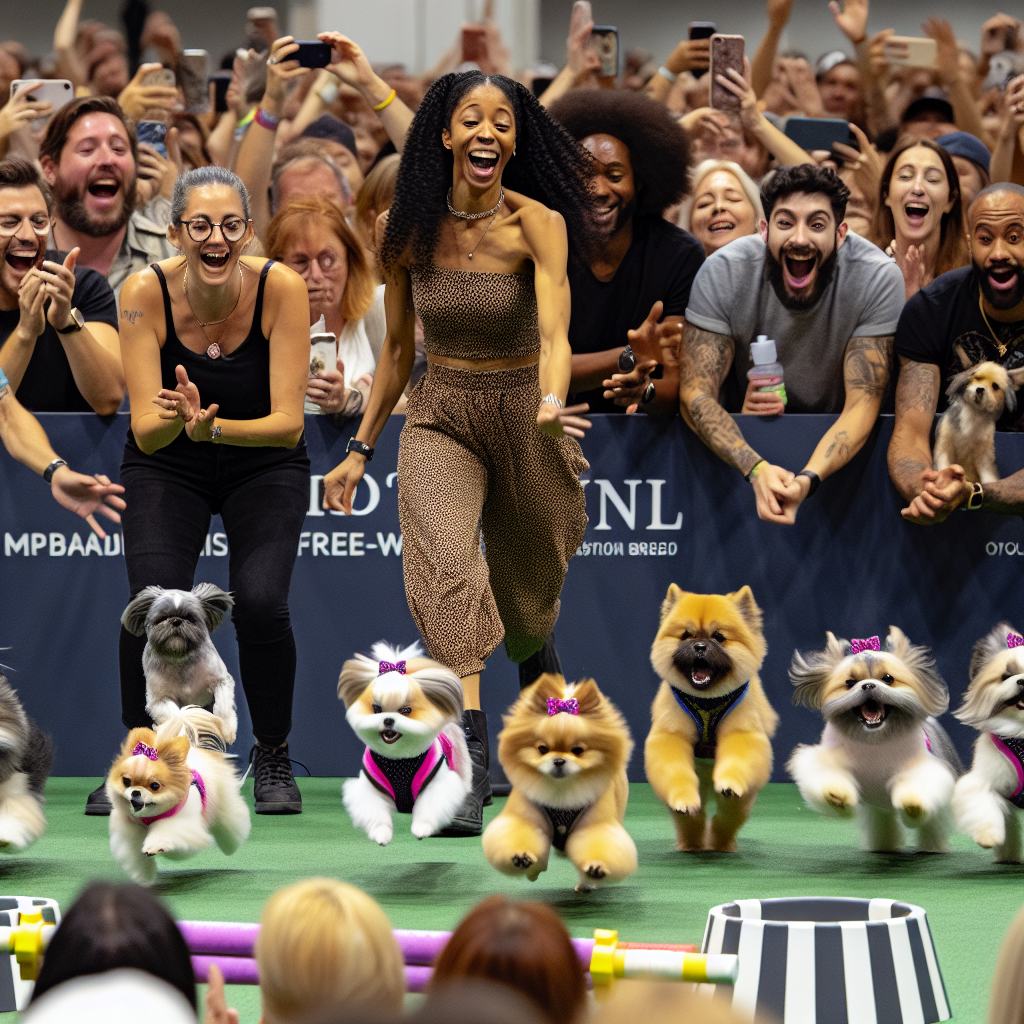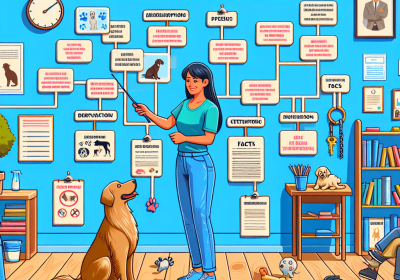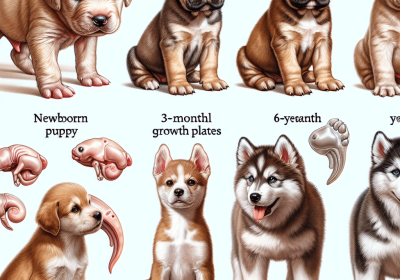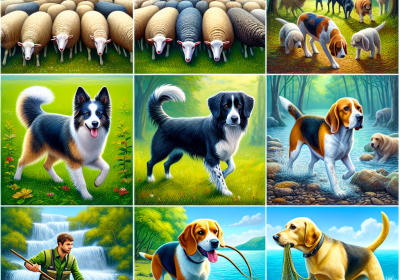Canine Freework for Companion Breeds
Table of Contents
- Benefits Of Canine Freework For Companion Breeds
- Enhancing Hunting Skills Through Canine Freework
- Benefits Of Canine Freework For Mental Stimulation
- Top Canine Freework Activities For Enhanced Mental Stimulation
Canine Freework for Companion Breeds is an innovative and engaging approach to dog training and enrichment that focuses on allowing dogs to explore and interact with their environment in a natural and unstructured manner. This method emphasizes the importance of providing mental and physical stimulation through activities that cater to a dog’s innate instincts and behaviors. By encouraging dogs to use their senses, problem-solving skills, and physical abilities, Canine Freework helps to build confidence, reduce stress, and enhance the overall well-being of companion breeds. This approach is particularly beneficial for dogs that may not thrive in traditional training settings, offering a more flexible and enjoyable way for them to learn and grow.
How To Incorporate Canine Freework Into Your Dog’s Routine
Incorporating canine freework into your dog’s routine can significantly enhance their mental stimulation and overall well-being. This practice, which involves allowing dogs to engage in natural behaviors and explore their environment freely, can be seamlessly integrated into daily activities. To begin with, it is essential to understand the concept of canine freework. This approach encourages dogs to use their senses, particularly their sense of smell, to investigate their surroundings. By doing so, dogs can engage in problem-solving and decision-making, which are crucial for mental enrichment.
One effective way to incorporate canine freework is through structured walks. Instead of the traditional brisk walk, allow your dog to take the lead and explore at their own pace. This can be achieved by using a longer leash, giving them the freedom to sniff and investigate various scents. During these walks, it is important to be patient and let your dog dictate the pace. This not only provides mental stimulation but also helps in reducing stress and anxiety.
Another method to integrate freework is by creating an enriching environment at home. This can be done by setting up a designated area with different textures, scents, and objects for your dog to explore. For instance, you can use cardboard boxes, fabric scraps, and natural elements like leaves and twigs. By rotating these items regularly, you can keep the environment novel and engaging for your dog. Additionally, hiding treats or toys within this space can further stimulate their problem-solving abilities.
Incorporating freework into feeding routines is also highly beneficial. Instead of serving meals in a traditional bowl, consider using puzzle feeders or scatter feeding. Puzzle feeders require dogs to figure out how to access their food, which can be mentally challenging and rewarding. Scatter feeding, on the other hand, involves spreading kibble or treats around a designated area, encouraging your dog to use their nose to find the food. Both methods promote natural foraging behaviors and provide mental stimulation.
Training sessions can also be adapted to include elements of freework. For example, you can incorporate scent work into basic obedience training. Teaching your dog to find specific scents or objects can be both mentally stimulating and enjoyable. This can be done by hiding scented items around your home or yard and encouraging your dog to locate them. Gradually increasing the difficulty of these tasks can keep your dog engaged and challenged.
Furthermore, incorporating freework into playtime can be highly effective. Interactive toys, such as treat-dispensing balls or snuffle mats, can provide both physical and mental stimulation. These toys require dogs to use their problem-solving skills to access the treats, making playtime more enriching. Additionally, engaging in activities like hide and seek, where you hide and call your dog to find you, can also be a fun and stimulating way to incorporate freework.
In conclusion, incorporating canine freework into your dog’s routine can be achieved through various methods, including structured walks, enriching environments, feeding routines, training sessions, and playtime. By allowing your dog to engage in natural behaviors and explore their environment freely, you can provide essential mental stimulation and enhance their overall well-being. It is important to be patient and consistent in these efforts, as the benefits of canine freework are cumulative and can lead to a happier, healthier dog.
Top Canine Freework Activities For Enhanced Mental Stimulation

Canine Freework, a concept gaining traction among dog enthusiasts, offers a plethora of activities designed to enhance mental stimulation for companion breeds. This approach emphasizes the importance of allowing dogs to engage in natural behaviors, thereby promoting mental well-being and overall happiness. As we delve into the top activities within Canine Freework, it becomes evident that these exercises are not only beneficial but also essential for the cognitive development of our furry friends.
One of the most effective activities in Canine Freework is scent work. Dogs possess an extraordinary sense of smell, and engaging this sense can provide immense mental stimulation. By hiding treats or toys around the house or yard, owners can create a scavenger hunt that encourages their dogs to use their noses to locate the hidden items. This activity not only sharpens their olfactory skills but also provides a sense of accomplishment once the items are found. Transitioning from scent work, another valuable activity is puzzle toys. These toys are designed to challenge a dog’s problem-solving abilities. By incorporating treats within the puzzles, dogs are motivated to figure out how to access the rewards, thereby engaging their minds and keeping them occupied for extended periods.
In addition to scent work and puzzle toys, interactive play is another cornerstone of Canine Freework. Games such as tug-of-war, fetch, and hide-and-seek can be incredibly stimulating for dogs. These activities not only provide physical exercise but also require dogs to think and strategize. For instance, in a game of hide-and-seek, dogs must use their senses and cognitive skills to locate their owners. This dual engagement of mind and body is crucial for maintaining a balanced and healthy lifestyle for companion breeds.
Furthermore, training sessions that incorporate positive reinforcement can be highly beneficial. Teaching dogs new tricks or commands not only strengthens the bond between owner and pet but also keeps the dog’s mind active. Positive reinforcement, such as treats or praise, encourages dogs to learn and perform new tasks, thereby enhancing their cognitive abilities. Transitioning from training sessions, another excellent activity is agility courses. Setting up a simple agility course in the backyard can provide both mental and physical stimulation. Dogs must navigate through tunnels, jump over hurdles, and weave through poles, all of which require concentration and coordination.
Moreover, environmental enrichment plays a significant role in Canine Freework. Changing the dog’s environment by introducing new objects, sounds, or scents can stimulate their curiosity and encourage exploration. For example, placing different textures on the ground, such as grass, sand, or gravel, can provide sensory experiences that are both novel and engaging. Additionally, taking dogs on varied walking routes exposes them to new sights, sounds, and smells, further enriching their sensory experiences.
Lastly, social interaction with other dogs can be incredibly stimulating. Organizing playdates or visits to dog parks allows dogs to engage in social behaviors, which are vital for their mental health. Interacting with other dogs helps them learn social cues and develop communication skills, which are essential for their overall well-being.
In conclusion, Canine Freework offers a diverse range of activities that significantly enhance mental stimulation for companion breeds. By incorporating scent work, puzzle toys, interactive play, training sessions, agility courses, environmental enrichment, and social interaction, owners can ensure their dogs lead mentally fulfilling lives. These activities not only promote cognitive development but also contribute to the overall happiness and well-being of our beloved canine companions.
Read more about Canine Freework
Canine Freework Activities for Different Dog Breeds
– Canine Freework for Large Breeds
– Canine Freework for Small Breeds
– Canine Freework for Working Breeds
– Canine Freework for Companion Breeds
– Canine Freework for Specialized Breeds (e.g. Herding, Hunting)






![The Dog Podcast Uncovers Startling Truths About What We Feed Our Dogs [Press Release]](https://storyforge.com.au/wp-content/uploads/2024/08/dogfood-400x280.jpg)

